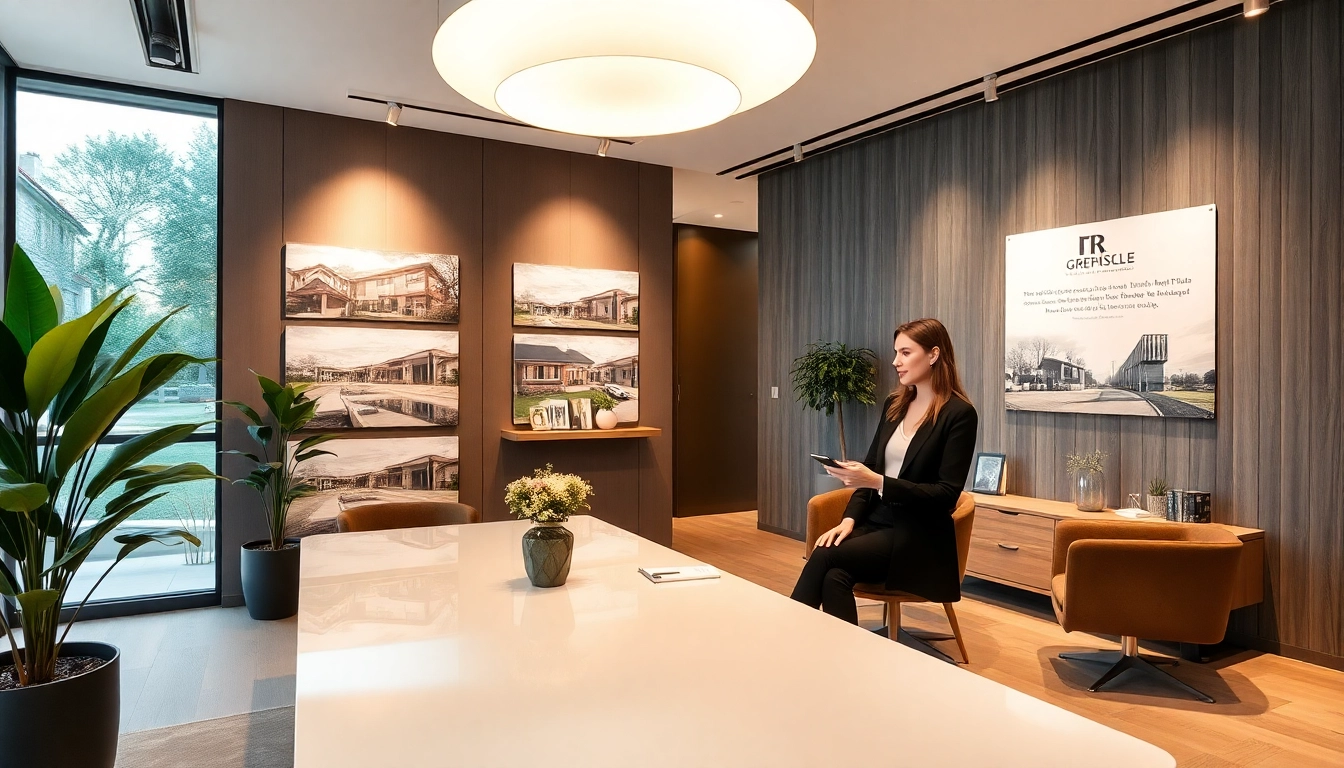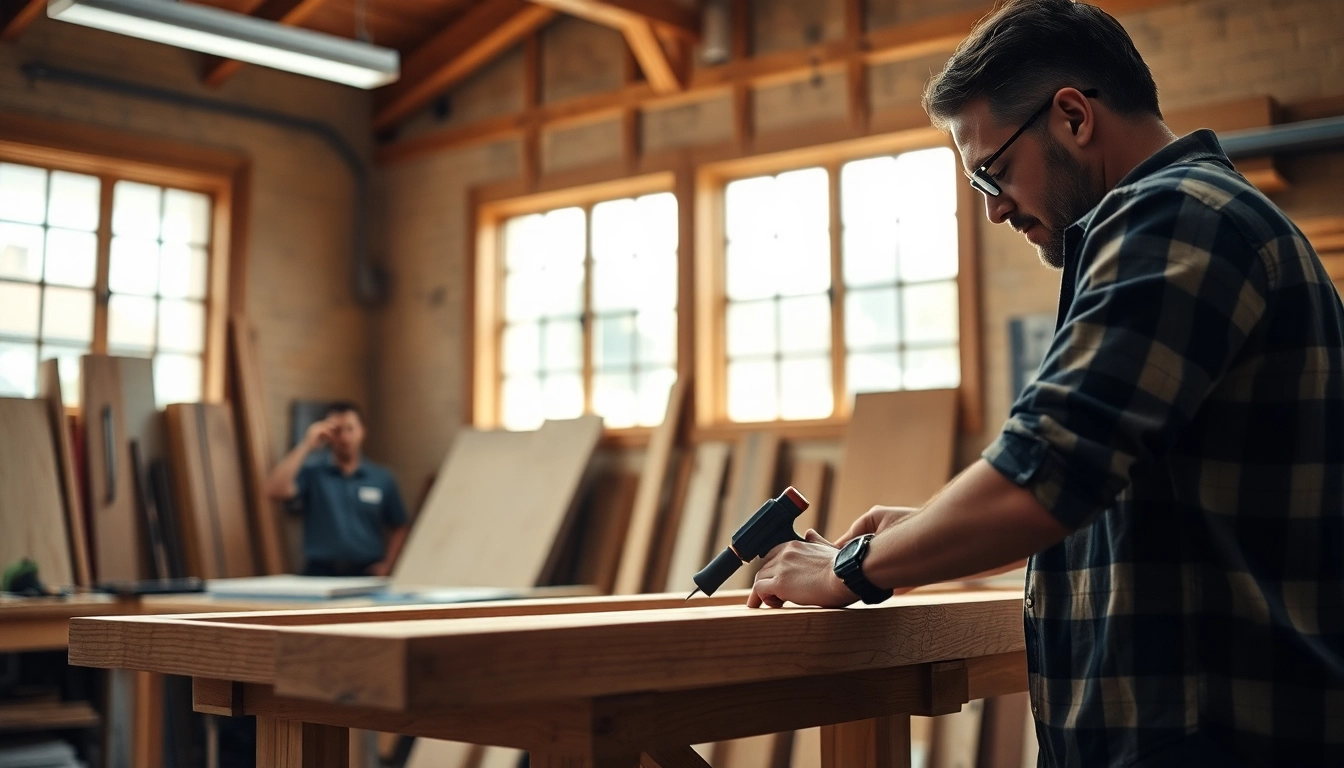Understanding Common Chimney Problems and Signs for Repairs
A well-maintained chimney is essential for ensuring the safety, efficiency, and longevity of your property’s heating system. As a vital component of your roofing and ventilation infrastructure, chimneys are exposed to the elements and ongoing thermal stress, which can lead to various forms of deterioration over time. Recognizing early signs of damage and understanding common problems are crucial steps in preventing costly repairs or dangerous hazards. Whether you’re a homeowner or a property manager, being proactive in chimney maintenance can save you significant expense and safeguard your household or business.
For comprehensive solutions and expert assistance, visit chimney repairs. This resource offers trusted advice and professional services to address issues before they escalate.
Identifying Cracks, Leaks, and Structural Damage
Cracks are among the most visible signs of chimney deterioration. They can appear on the brickwork or mortar joints, often a consequence of thermal expansion, freeze-thaw cycles, or foundational shifts. Small cracks may seem minor but can quickly expand, compromising the structural integrity of your chimney. Structural damage isn’t always visible from the ground; it requires a detailed inspection, often performed by professionals with specialized tools.
Leaking is another critical indicator of damage. A leaking chimney often manifests as water ingress inside the property, staining ceilings or walls. Water can penetrate through cracks or deteriorated flashing, leading to further internal damage and mold growth. Signs of leakage, especially after heavy rain, should prompt an immediate assessment.
Structural damage extends beyond superficial cracks. It may involve partial or complete collapse, leaning structures, or displaced bricks, often caused by foundation movement or severe weather events. These issues threaten the safe use of the chimney and should never be ignored.
Recognizing Warning Signs of Chimney Deterioration
Apart from visible damage, several warning signs suggest your chimney needs attention:
- Spalling bricks or mortar: Chipped or crumbling surface layers, especially after frost, pointing to moisture ingress and freeze-thaw damage.
- Soot or smoke staining: Excessive staining around the chimney or on interior walls indicates poor draft, blockages, or leaks.
- Damaged chimney cap or flashing: Missing, rusted, or displaced caps and flashing can allow water ingress and debris entry.
- Unusual creaking or leaning: Movement or unusual noises suggest structural instability.
- Back-drafting or slow smoke escape: Indicates blockages or deteriorated flue lining, which reduces efficiency and increases safety risks.
Early detection of these signs enables prompt repairs, avoiding more extensive and costly interventions down the line.
Importance of Timely Repairs for Safety and Efficiency
Ignoring minor issues can lead to severe consequences. A compromised chimney may cause dangerous carbon monoxide buildup, pose fire hazards, or fail to vent gases properly, risking indoor air quality and occupant safety. Moreover, damaged chimneys can result in heat loss and increased energy bills due to inefficient operation.
Timely repairs preserve the functional integrity of your chimney, extend its lifespan, and uphold safety standards. Regular inspections—especially after severe weather or if visible damage exists—are crucial. Professional assessments ensure that repairs are performed correctly, adhering to safety codes and industry best practices.
Best Practices for Professional Chimney Repairs and Maintenance
Repointing, Relining, and Rebuilding Techniques
The core repair methods for chimneys include repointing, relining, and rebuilding. Repointing involves renewing the mortar joints between bricks, restoring stability and preventing water ingress. This process requires carefully removing deteriorated mortar and replacing it with durable, weather-resistant mixtures suited for the UK climate.
Relining, often performed with stainless steel or clay linings, is essential if the flue liner is cracked, rusted, or worn. A new liner improves the chimney’s efficiency and safety by preventing smoke or gases from leaking into the house.
Rebuilding involves reconstructing portions of the chimney that have suffered significant damage or partial collapse. This comprehensive approach ensures structural safety and long-term durability.
Choosing Quality Materials for Durable Repairs
The longevity and performance of chimney repairs depend heavily on selecting appropriate materials. High-quality mortar, fire bricks, and lining systems resistant to heat, moisture, and UK weather variations are vital. For instance, lime-based mortar is often preferred for historic buildings due to its flexibility and breathability, reducing the risk of cracking.
Modern fiber-reinforced relining products offer enhanced durability, fire safety, and ease of installation. A professional contractor will recommend the best materials based on your specific chimney type, age, and usage patterns.
When to Hire Expert Chimney Repair Services
While minor cosmetic fixes might be manageable DIY projects, most chimney repairs require professional intervention. Certified chimney specialists have the expertise, tools, and experience to perform safe, effective repairs compliant with UK safety standards. Particularly for complex issues like relining or rebuilding, engaging experts is crucial to ensure long-lasting results.
Qualified professionals also carry liability insurance, reducing your risk if unforeseen complications arise. Hiring reputable chimney repair services ensures peace of mind and compliance with legal and safety requirements.
Cost Factors and Budgeting for Chimney Repairs
Average Repair Costs and What Influences Prices
The cost of chimney repairs varies significantly depending on the scope of work, chimney size, materials used, and local labor rates. Basic repointing or minor patch repairs can start from around £300 to £700. More extensive work such as relining or rebuilding may range from £1,500 to over £4,000.
Factors influencing costs include:
- Chimney size and height: Tall or wide chimneys require more labor and materials.
- Extent of damage: Larger cracks or structural issues increase repair complexity.
- Type of materials chosen: Premium or specialized materials cost more but offer greater durability.
- Access difficulty: Restricted or hard-to-reach locations add to labor time and expense.
Obtaining multiple quotes from qualified professionals provides a clearer picture of expected costs tailored to your specific needs.
How to Get Accurate Quotes and Estimates
To ensure you receive precise estimates, prepare detailed information about your chimney’s condition and history. Schedule an on-site inspection by licensed professionals who can evaluate structural integrity, identify hidden issues, and recommend appropriate solutions.
When requesting quotes, ask for itemized breakdowns covering labor, materials, scaffolding, disposal, and additional services. Verify that the contractor adheres to industry standards and provides warranties on their work.
Remember, the lowest bid isn’t always the best—consider the contractor’s reputation, experience, and transparency.
Understanding Value and Long-Term Savings
Investing in quality repairs may have a higher upfront cost but offers better long-term value. Expertly repaired chimneys reduce recurring issues, improve energy efficiency, and enhance safety, resulting in savings over time.
Properly maintained chimneys also prevent secondary damage to roofing, interiors, and foundations, avoiding expensive repairs down the line. Combining timely repairs with regular maintenance ensures your investment endures and performs optimally.
Steps to Ensure Successful Chimney Repairs
Initial Assessment and Inspection Process
The first step in any repair project is a comprehensive inspection by a qualified chimney expert. This assessment includes visual checks, structural analysis, and sometimes the use of tools like chimney cameras to identify internal issues. Documenting existing damage forms the basis for an accurate repair plan.
A thorough inspection not only highlights immediate problems but also uncovers potential future risks, allowing for proactive maintenance.
DIY Tips Versus Professional Interventions
While some minor maintenance tasks—like clearing debris or replacing worn chimney caps—can be DIY efforts with proper guidance, most repairs require professional skills. Attempting complex tasks such as relining or structural rebuilding without proper training poses safety risks and could lead to more damage.
Professionals have specialized equipment and knowledge to ensure repairs are safe, compliant, and durable. For higher-risk repairs, always opt for certified experts to avoid costly mistakes and ensure your safety.
Maintenance Tips to Extend Repair Longevity
After completing repairs, regular maintenance significantly prolongs their effectiveness. Basic practices include:
- Annual inspections: Schedule professional checkups to catch issues early.
- Chimney cleaning: Remove soot and creosote buildup to prevent fire hazards and improve draft.
- Flashing and cap maintenance: Keep these elements in good condition to prevent water ingress.
- Monitoring for early signs of damage: Stay vigilant for cracks or leaks.
Implementing a regular maintenance schedule helps maintain safety standards, enhances efficiency, and reduces long-term repair costs.
Choosing the Right Chimney Repair Contractor Near You
Questions to Ask Before Hiring
Selecting a reputable contractor is key to successful chimney repairs. Essential questions include:
- Are you licensed and insured?
- Can you provide references or reviews from previous clients?
- What warranties do you offer on your work?
- What materials and methods will you use?
- Can you provide a detailed written estimate?
Clear communication and transparency are indicators of a trustworthy professional.
Verifying Credentials and Reviews
Always verify credentials through official registries or industry associations. Check for reviews on platforms like TrustATrader or Checkatrade, which vet professionals to ensure quality standards. Client feedback provides insight into reliability, responsiveness, and the quality of workmanship.
Visiting previous clients or requesting project photos can further validate a contractor’s expertise.
Ensuring Transparent Pricing and Warranties
Transparent pricing includes detailed quotes with breakdowns. Beware of contractors who provide vague estimates or avoid written agreements. Warranties on parts and labor protect your investment and provide assurance of quality work.
Always review warranty terms, including coverage duration and what is excluded, to avoid surprises later.




